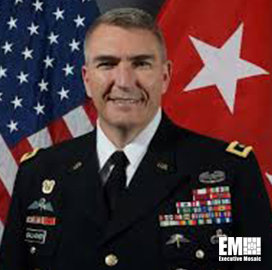The Government Accountability Office (GAO) has issued a report summarizing its insights on previous work and recommendations encompassing three areas for building up the federal workforce in science and technology.
Those three areas are strategic workforce planning to identify gaps and future needs, improving federal pay and hiring and addressing factors that affect the federal work environment and GAO said in a report published Wednesday that it has made several recommendations to address issues related to human capital management, particularly in science and technology.
“We testified that while agencies have implemented some of our prior recommendations, they haven't fully implemented others,” GAO said in the report.
For instance, the congressional watchdog assessed the cybersecurity workforce planning strategies of 24 agencies for information technology employees in October 2019 and found that most of the agencies had not fully addressed five of eight workforce planning activities due to limited resources and competing priorities, among other reasons.
GAO made a recommendation to 18 of those 24 agencies to fully implement those IT workforce planning activities and found that 13 agencies agreed with the recommendation and the remaining organizations “expressed a range of views.”
“Some agencies have made progress implementing the recommendation; however, as of March 2021, all of the recommendations remain open pending agency actions to fully implement them,” the report reads.




 To
To 
